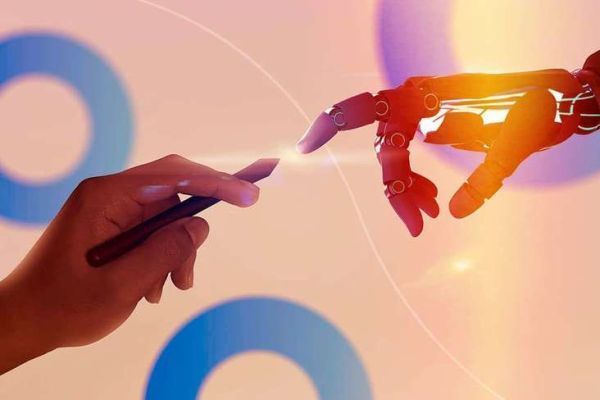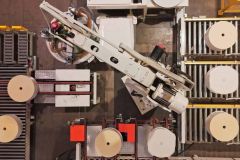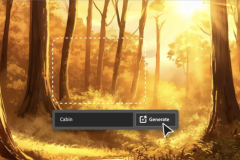Automation and artificial intelligence are profoundly transforming the graphic arts professions. A survey of 400 industry professionals in the UK, USA, France and Germany reveals their concerns about these technological developments. It also highlights the challenges posed by work overload and the evolution of design tools. This report highlights the challenges of AI in a field where human creativity is put to the test.
Manual production to disappear in five years' time
According to the survey results, 49% of industry decision-makers believe that manual graphics production will be obsolete within the next five years. This transformation is mainly due to the emergence of new technologies that automate repetitive tasks and reduce production times. However, opinions differ from country to country: while this prediction is shared by a majority of respondents in the UK, USA and Germany, only 37% of French professionals expect these traditional practices to disappear just as quickly.
Work overload due to consumer expectations
Another major point raised by the survey is the ever-increasing demand for personalization on the part of customers. Almost half of the professionals questioned (48%) found that these growing expectations were adding considerably to their workload, a figure slightly lower in France (35%). Indeed, French designers often have to adapt their creations to meet specific needs, spending around 49% of their time on creative declensions. This trend even slows down the launch of marketing campaigns, with delays of up to nine days in France.
AI and automation: essential but imperfect tools
While 96% of professionals surveyed recognize that automation is now essential to manage these new requirements, there are still difficulties in implementing these technologies. A third of respondents admit they don't know how to give effective instructions to artificial intelligence tools, while 56% believe these systems struggle to grasp generational nuances and sensitivities in design, an area where human graphic designers retain an advantage.
Despite the invaluable help that AI-based technologies can provide, a large proportion of professionals perceive these developments as a threat. Indeed, 89% of those surveyed fear that automation will jeopardize positions within graphics teams, and 42% anticipate a reduction in the number of designers over the next three years. However, in France, 23% of professionals see these new technologies as an opportunity to recruit more designers, underlining the importance of rapid adaptation to digital tools.








